How Being More Sustainable and Ultimately Saving the Earth Starts Right at Home
/Sustainability is one of the most important practices in the world today. A lot of people think that this is a global issue or something that policies and legislature in governments should take care of; however, true sustainability starts at home.
This article aims to shed light on how you can practice sustainability right from home. It will first outline the importance of trying to find naturally made products that you can incorporate into your life, how you should avoid using single-use plastics or other difficult-to-recycle materials and then how you could be more conscious of how you use but also waste materials.
Try to Find Naturally Made Products
One of the most important ways that you can be more sustainable is to support naturally made products. A lot of packaging materials that you know and use today are not made out of natural products.
However, if you are willing to spend some time researching the main products you use at home today, you could absolutely find the naturally made version. For example, something as simple as toilet paper is traditionally made out of wood pulp. This may sound sustainable to you; however, a lot of natural minerals are used but not in a sustainable way. Namely, they are specifically created as a resource to make toilet paper, which leads to overuse of wood and the subsequent wood pulp. A far more interesting natural resource is bamboo toilet paper. Since bamboo is not as widely used as wood, it is a little bit more accessible to the greater public and it doesn't put as much pressure on the production of wood. By creating diversity and versatility in terms of the products that are used, this alleviates the pressures on the main materials that are currently used to manufacture toilet paper.
Avoid Using Single Use Plastics and Others Where Possible
Another thing that you can avoid doing is purchasing many single-use items, whether they’re made of plastic or any other material. Nowadays, a lot of grocery stores encourage you to either bring your own bag or to buy a reusable cotton material bag, as they know that the plastic bags they sell are often only used once before being thrown away. This has created a massive problem for the world, as plastic is then produced over and over again and simply thrown away. Therefore, if you do purchase something made out of plastic, try to ensure that you use it more than once.
Be More Conscious of How you Use and Waste Materials
Additionally, you can become more conscious of how you use and waste materials. This list aims to give you a few tips and tricks that you can immediately implement toward a more sustainable way of living in your daily life:
- Water bottles: something as small and insignificant as water bottles makes a huge impact on the environment. Instead of purchasing two or three plastic water bottles per day and throwing them away or recycling them (most plastic items are not actually recycled, despite your efforts), use one water bottle, fill it up at home and then use it for a few months. You can also purchase a plastic or a metal water bottle that is designed to last for years.
Re-use your tinfoil and cling wrap covers: when you cook, you often use cling wrap covers or tinfoil to wrap up your leftovers. These materials can actually be used again (as cling wrap is not recyclable), so instead of just throwing your tinfoil away because you used it to cover your lasagne, open it up, wipe off any food residue and then fold it and keep it for next time you need it.
Bring in compost: an additional thing that you can do is compost your food waste. This will not only create great soil and fertilizer for any garden or potted plants you might have, but it also means that you're not throwing as many things away. Compost is essentially any natural resource that is not meat or dairy, such as the peels of your potatoes, shells of your eggs or any green that you're throwing away. You can also invest in a Bokashi bin and use it to compost dairy and meat products, which are then used to make compost tea for your garden.
Recycle: one thing that a lot of people don't do enough is recycle. There are recyclable items and there are non-recyclable items. For example, recyclable items include paper, cardboard, tins, cans, plastic items, glass items and recyclable packaging. Non-recyclable ones include oily packaging, cling wrap, tissues and food waste, with the exception of compostable items mentioned above.
Buy less: you can also think about simply buying less. By purchasing less, you are creating a system in which you don't have to purchase items as often, which helps toward sustainability and it also means that you're using items for their longer (and often intended) lifespan.
The Future is Green
As you can see from the above, there are a lot of ways that you can bring a green and sustainable life into your home. You don't have to go out and start a campaign or sign up for some policy that the council is offering you. You can do quite a lot from the comfort of your own home. Practicing sustainability at home not only contributes to the well-being of the environment, it also creates a more mindful way of living, which is the end goal. By making even small changes, such as choosing natural products, reducing waste, and recycling, you can make a big impact.
Ultimately, it is important to remember that sustainability starts with your individual responsibility. So if you put the work in and others put the work in, what you create is a community engaged with the same goal – and that is how you can make a difference. It's all about changing our habits and trying new things. So, even if you don't know a lot about sustainability just yet, starting is always a good idea. If everybody were willing to do this from home, the future would look very green indeed.
About the Author:
John Cunningham is an enthusiastic content creator renowned for skillfully crafting compelling and enlightening articles. Possessing a journalism background and a profound fascination with technology, travel and lifestyle subjects, John infuses each of his creations with a unique outlook. His captivating narrative style and thorough investigative approach aim to not merely educate but also ignite inspiration within his audience. Beyond his writing endeavors, he can be discovered venturing into unexplored destinations, delving into photography experimentation or immersing himself in the pages of a captivating book.








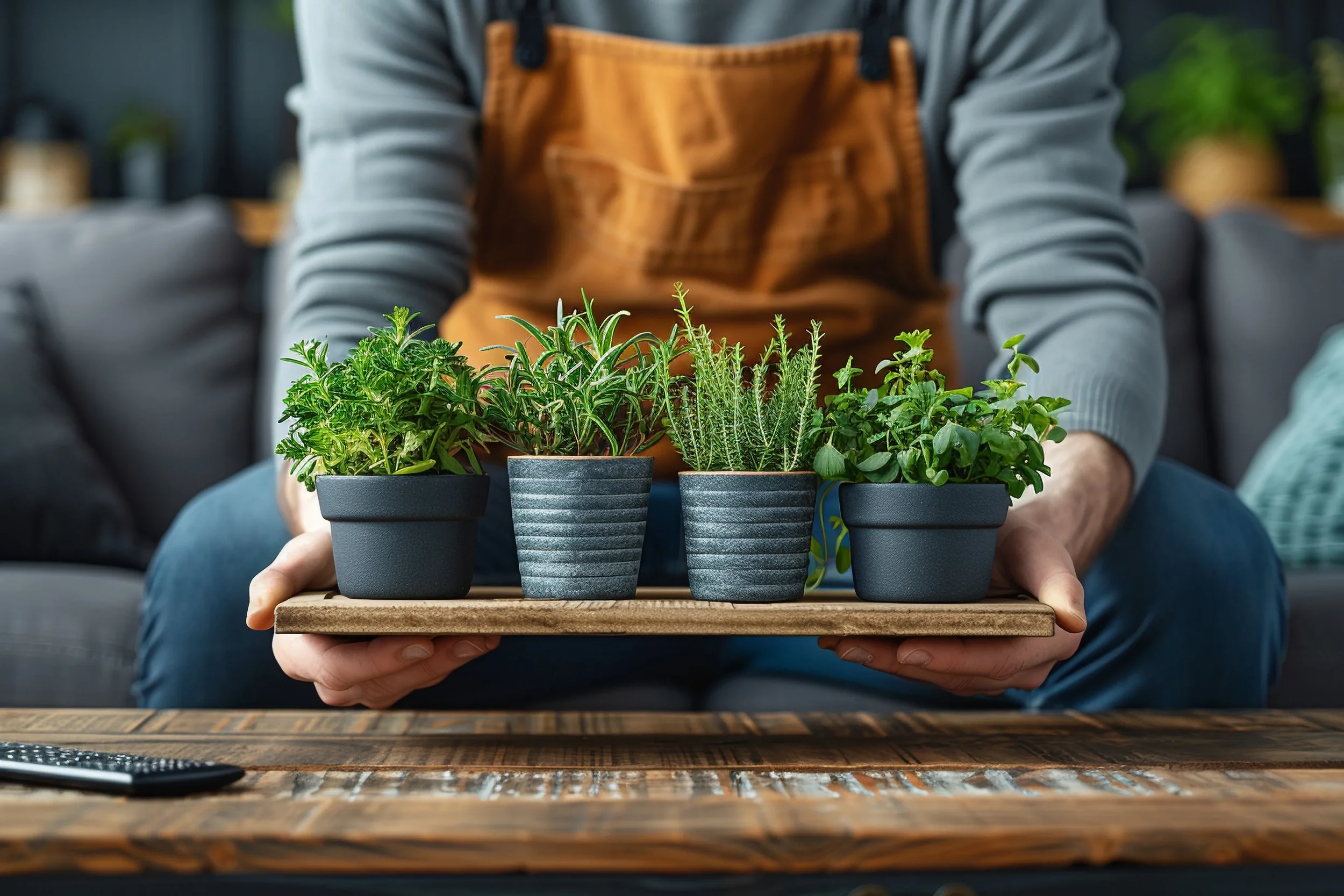







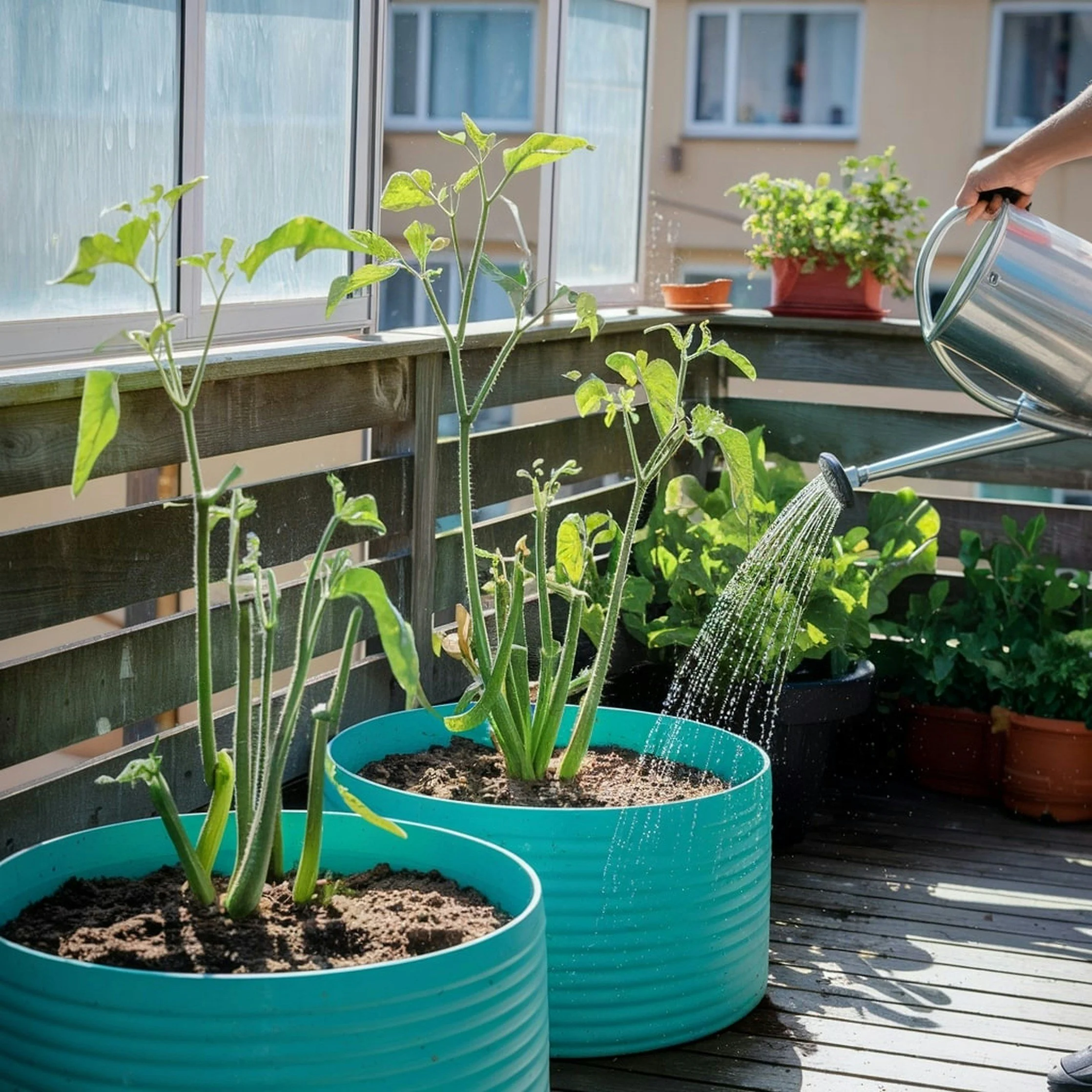
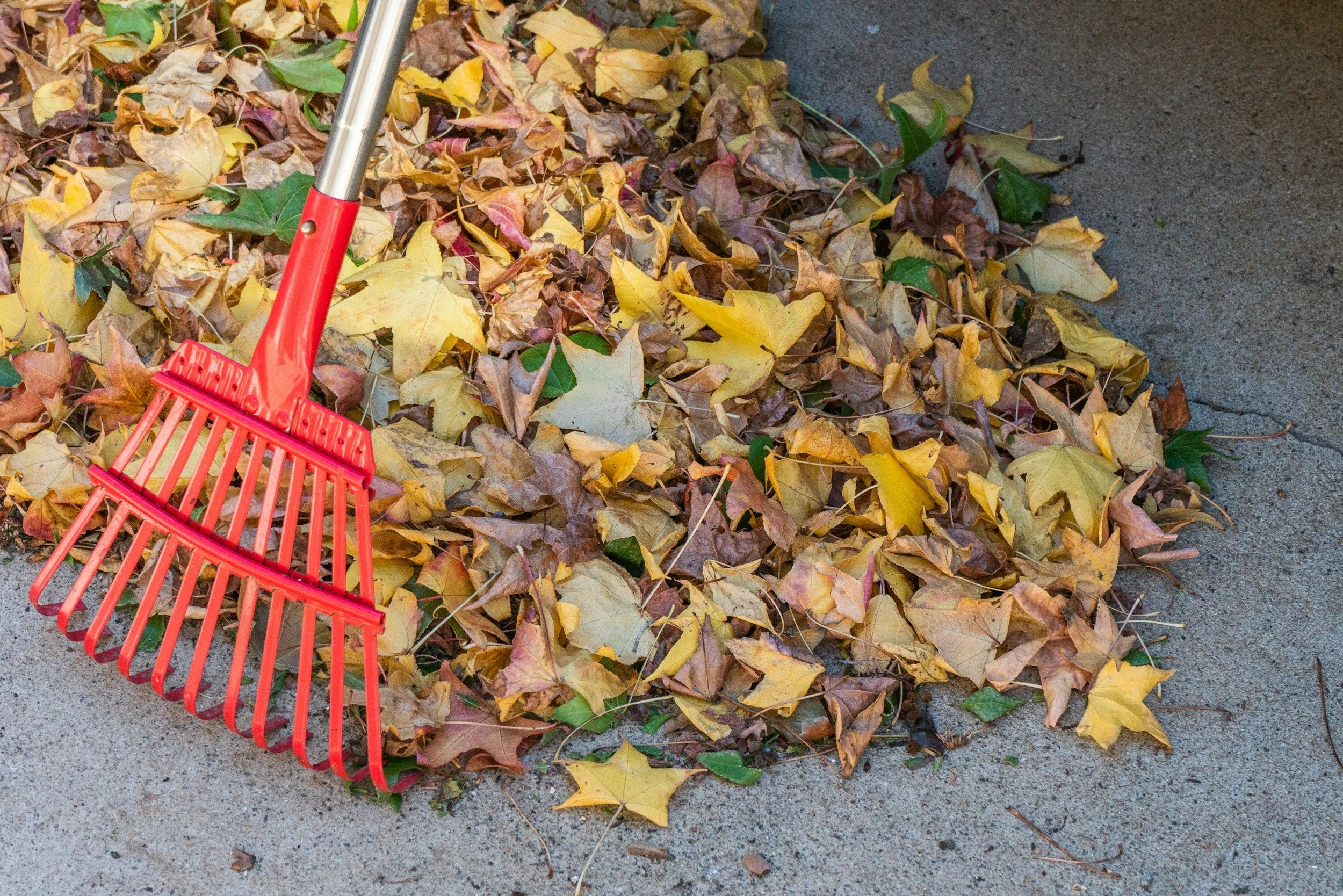






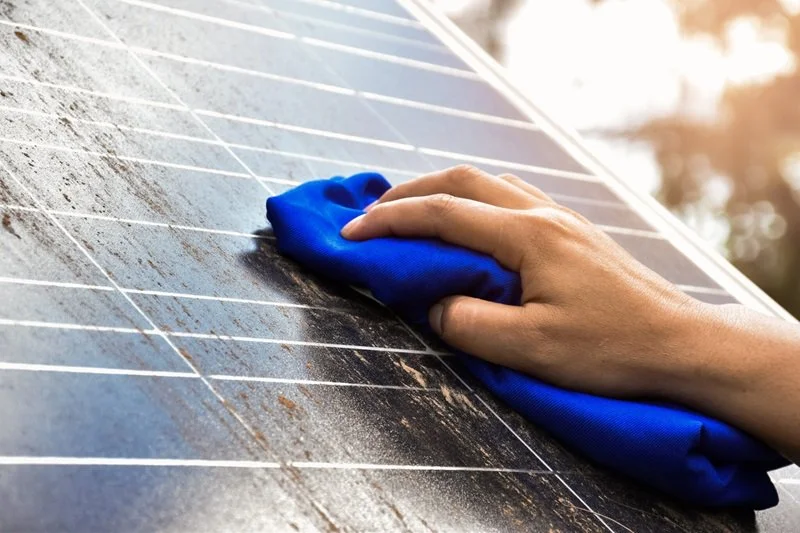

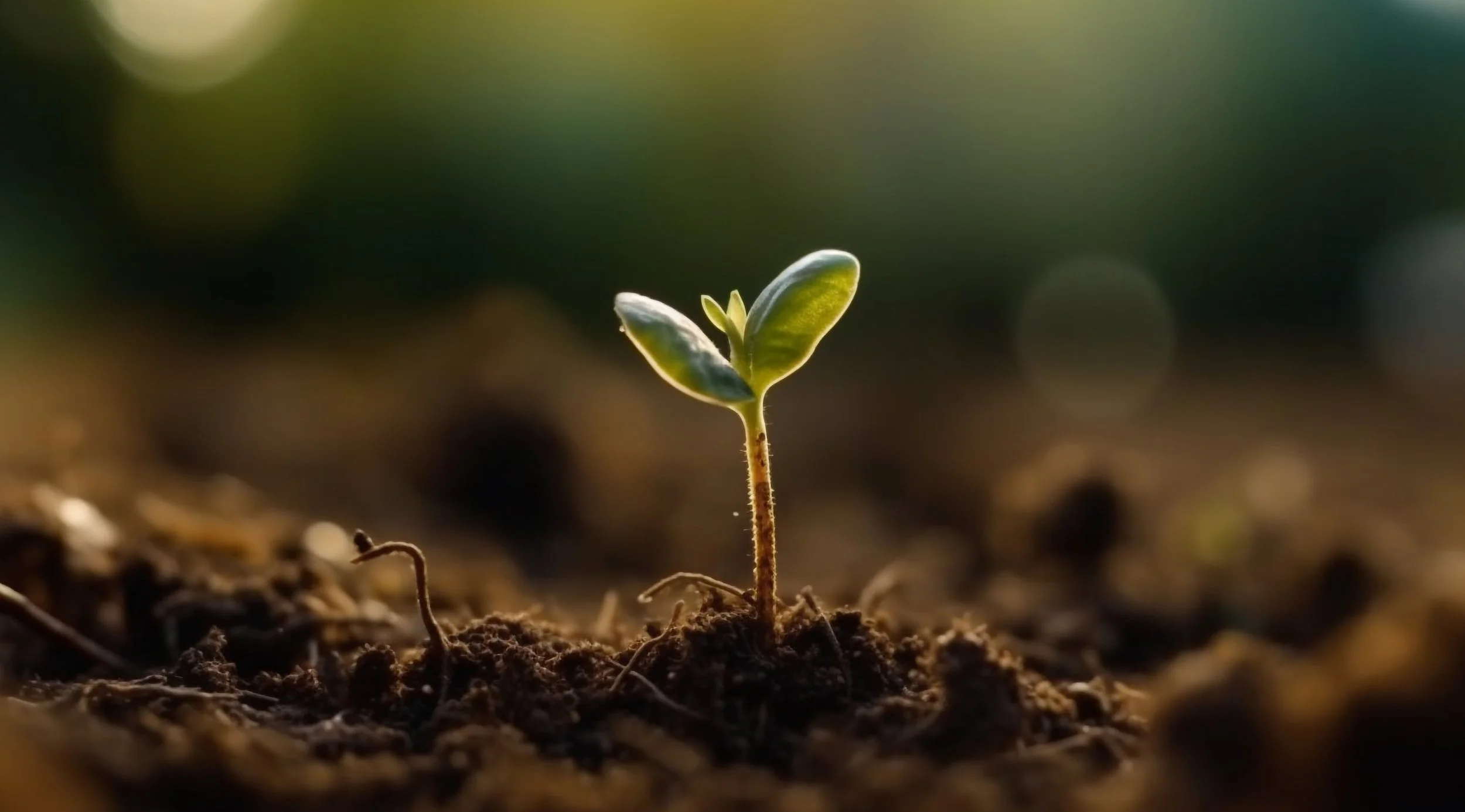




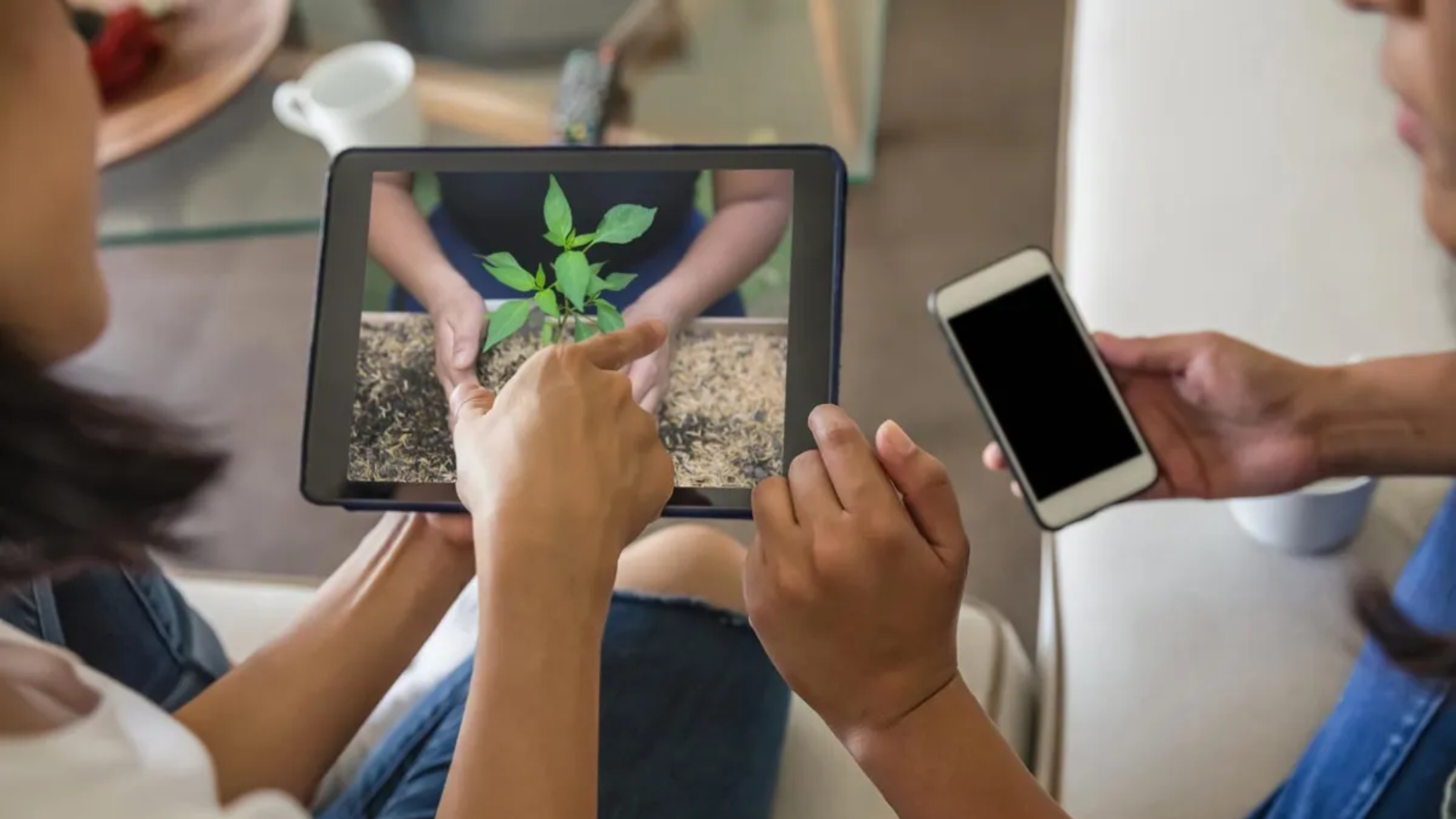


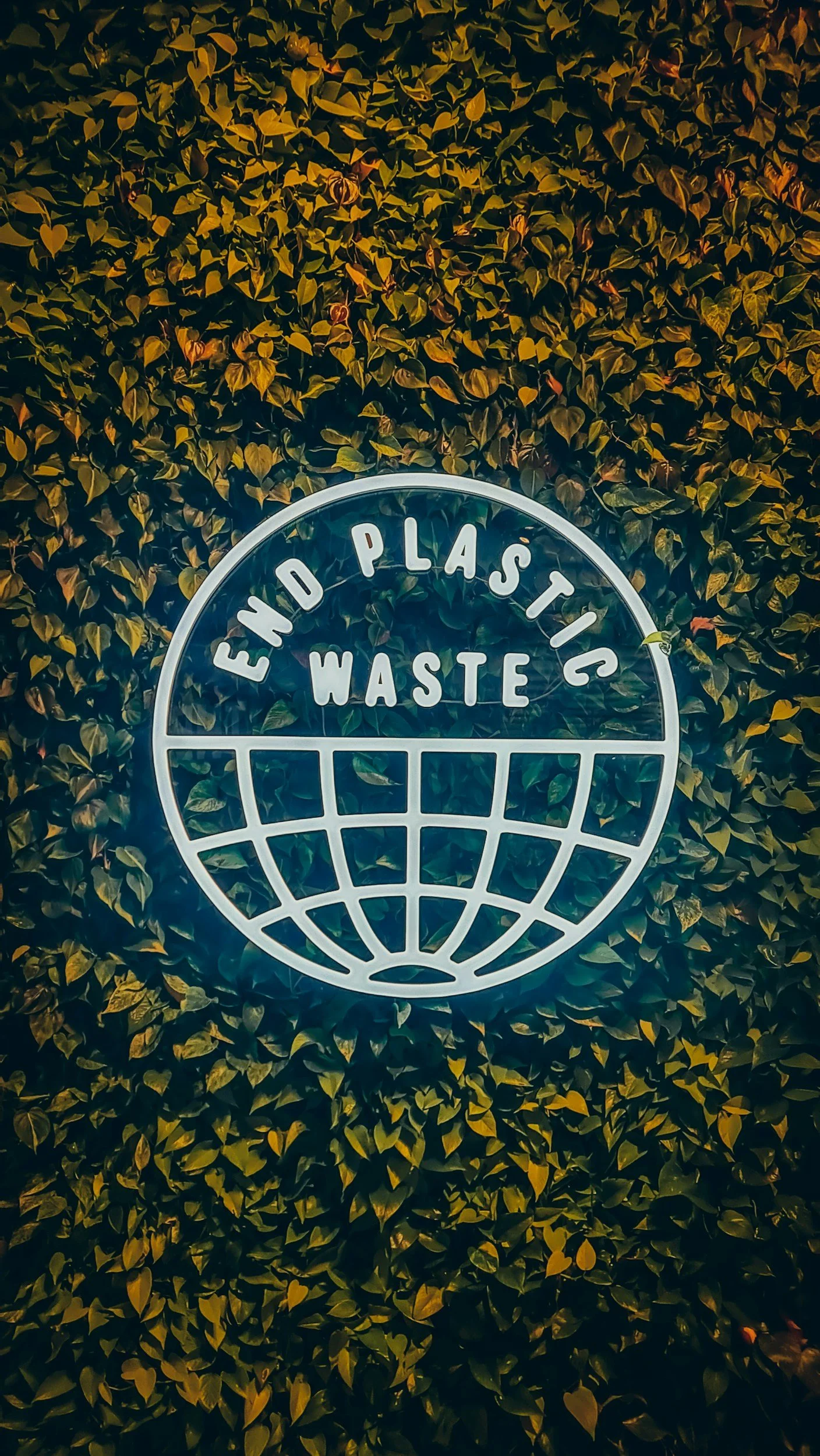
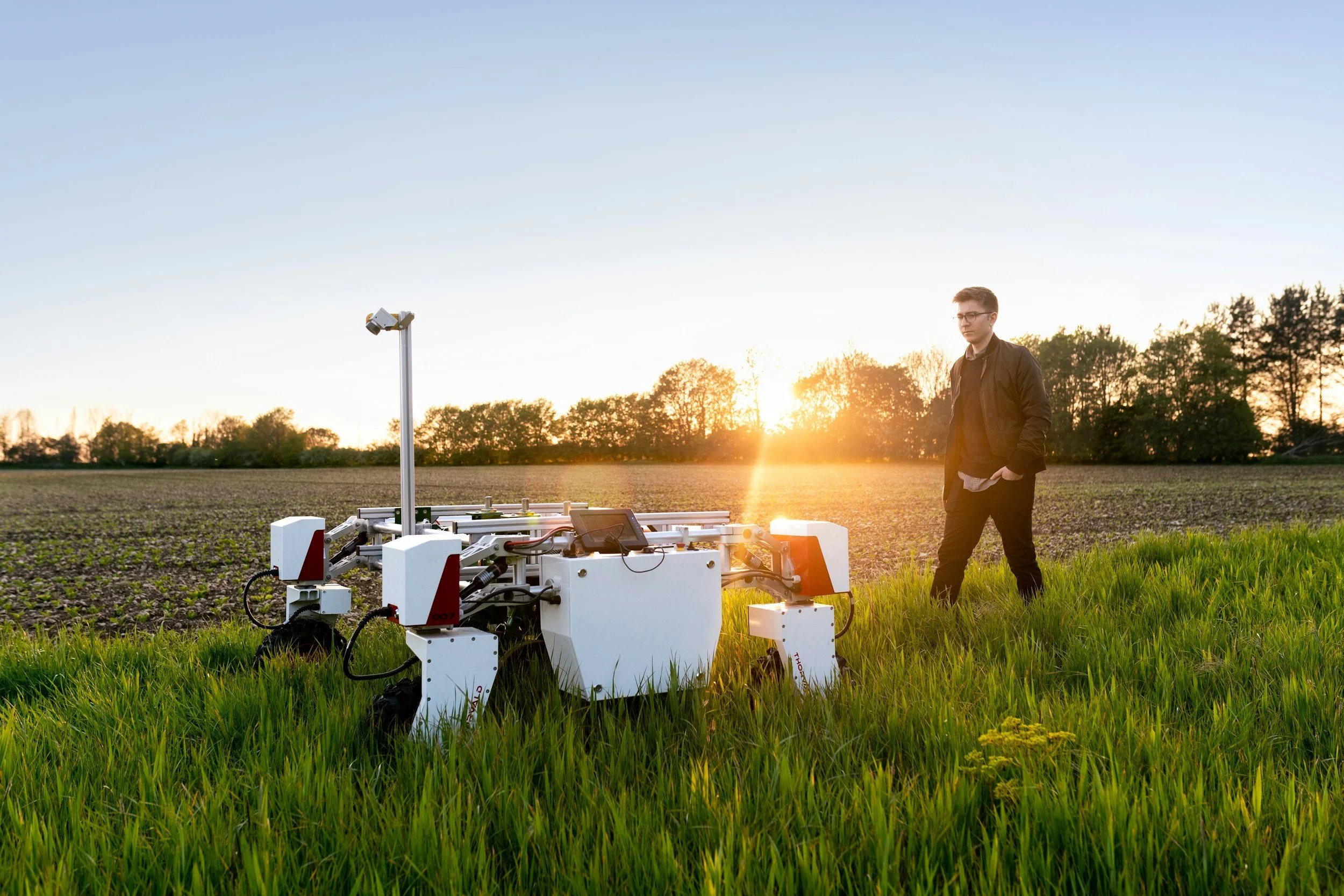





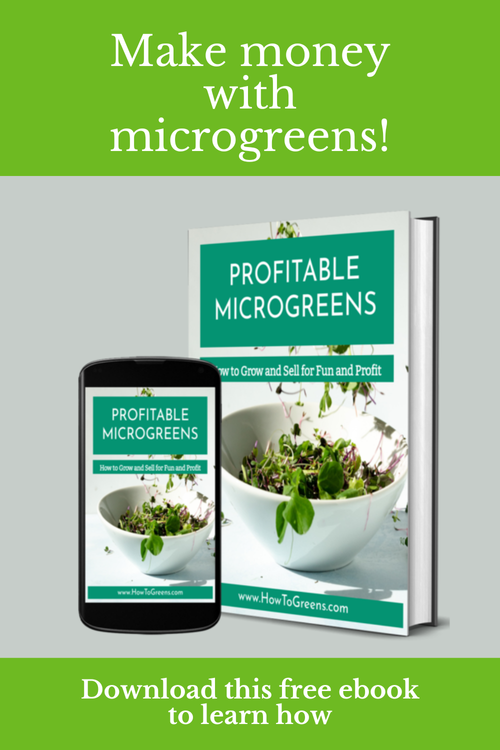
In an era where environmental consciousness is at an all-time high, sustainable gifting has emerged as a thoughtful and impactful way to celebrate special occasions. Whether you're searching for the perfect birthday present or a meaningful gift for another occasion, making eco-friendly choices not only demonstrates your care for the recipient but also reflects your commitment to a greener society and a greener planet. This article offers some essential guidelines to help you navigate the world of sustainable gifting with style and purpose.